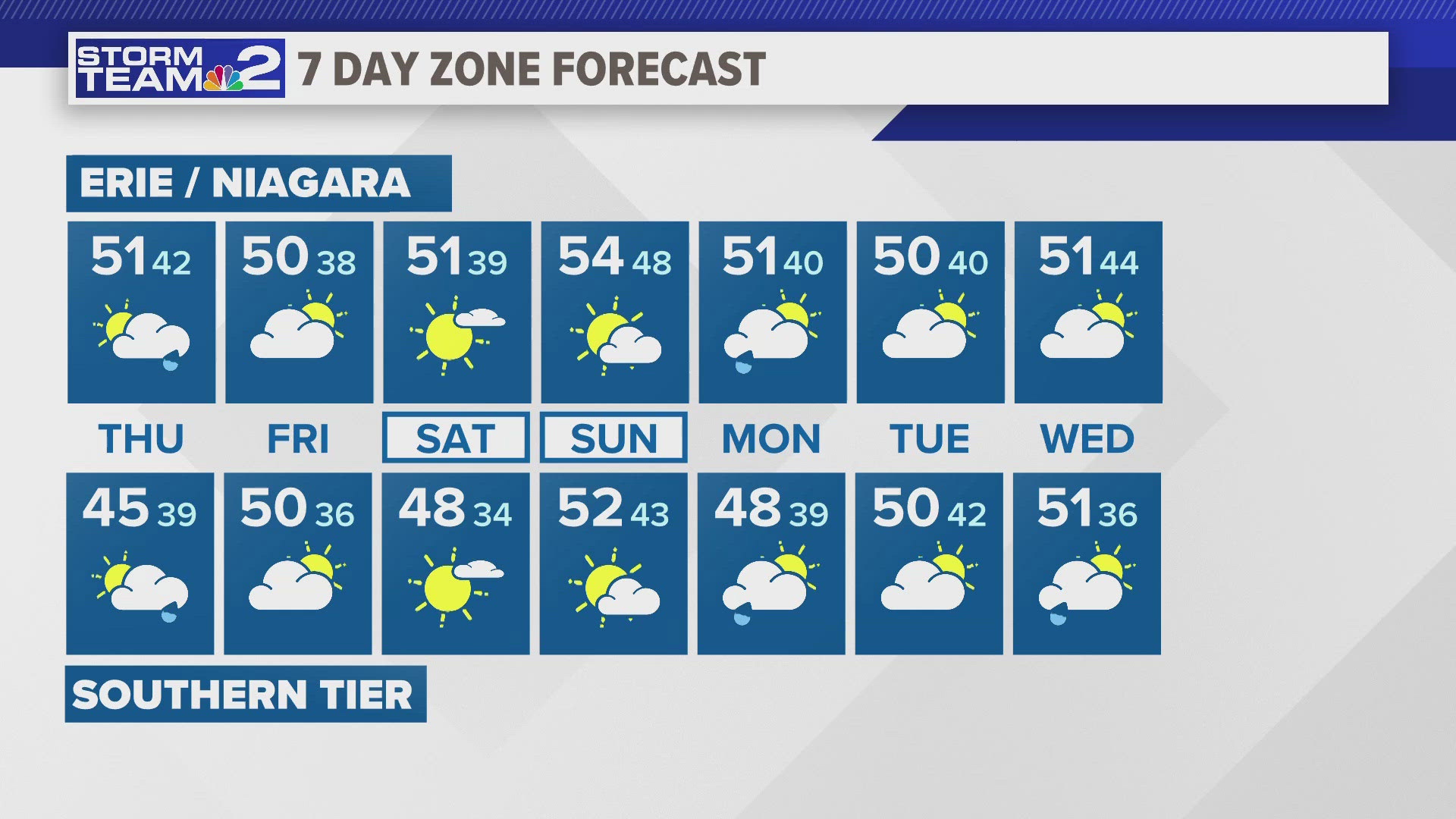Buffalo, NY -- Most people are familiar with rain and snow, and know about sleet and freezing rain. But many don't know how each type of precipitation is formed.
Meteorologists look at the lower atmospheric temperatures when determining precipitation type. If the temperature profile in the vertical is below 32 F, then you get snow. If the temperature profile is above 32 F, then it's rain.
Where it gets tricky is when you have warmer air moving in and creates a wedge between two cold layers in the vertical in the lower atmosphere. Warm fronts are a main cause of this.
Warmer air moves into the colder air and the warm air (less dense) rises over the colder air (more dense), forming a wedge of warm air between the two colder layers. If the colder air at the surface is deep then you get sleet. If it's shallow you get freezing rain.
Think of it this way; the snow high above in the top cold layer melts into rain as it falls through the warm layer (temperature above 32 F), then when it falls into the second lower cold layer at the surface (temperatures below 32 F) it freezes into sleet. And if that second cold layer is shallow it doesn't have as long of a time to turn into solid ice and therefore the rain freezes on impact on the sub zero surface creating freezing rain.


